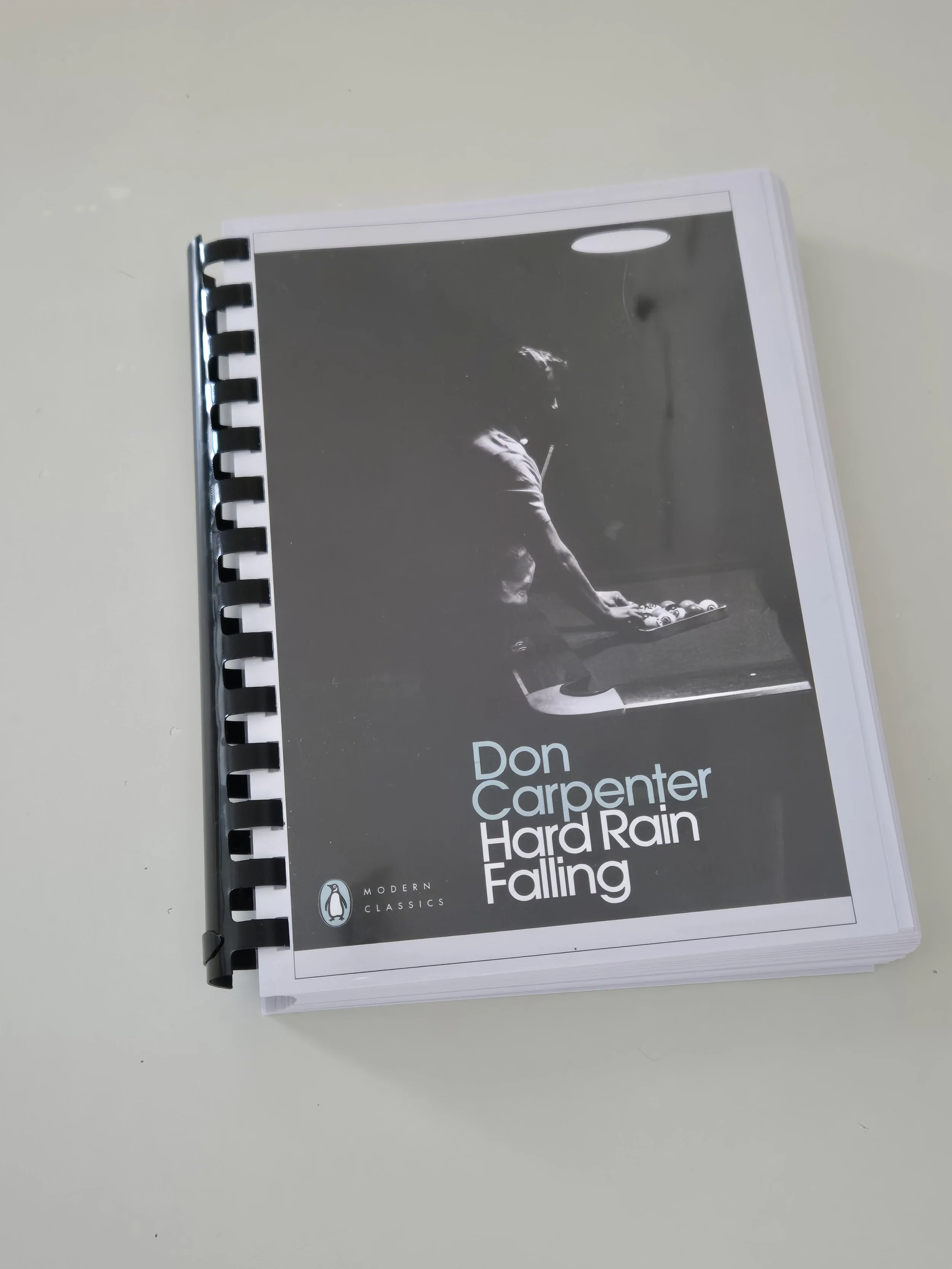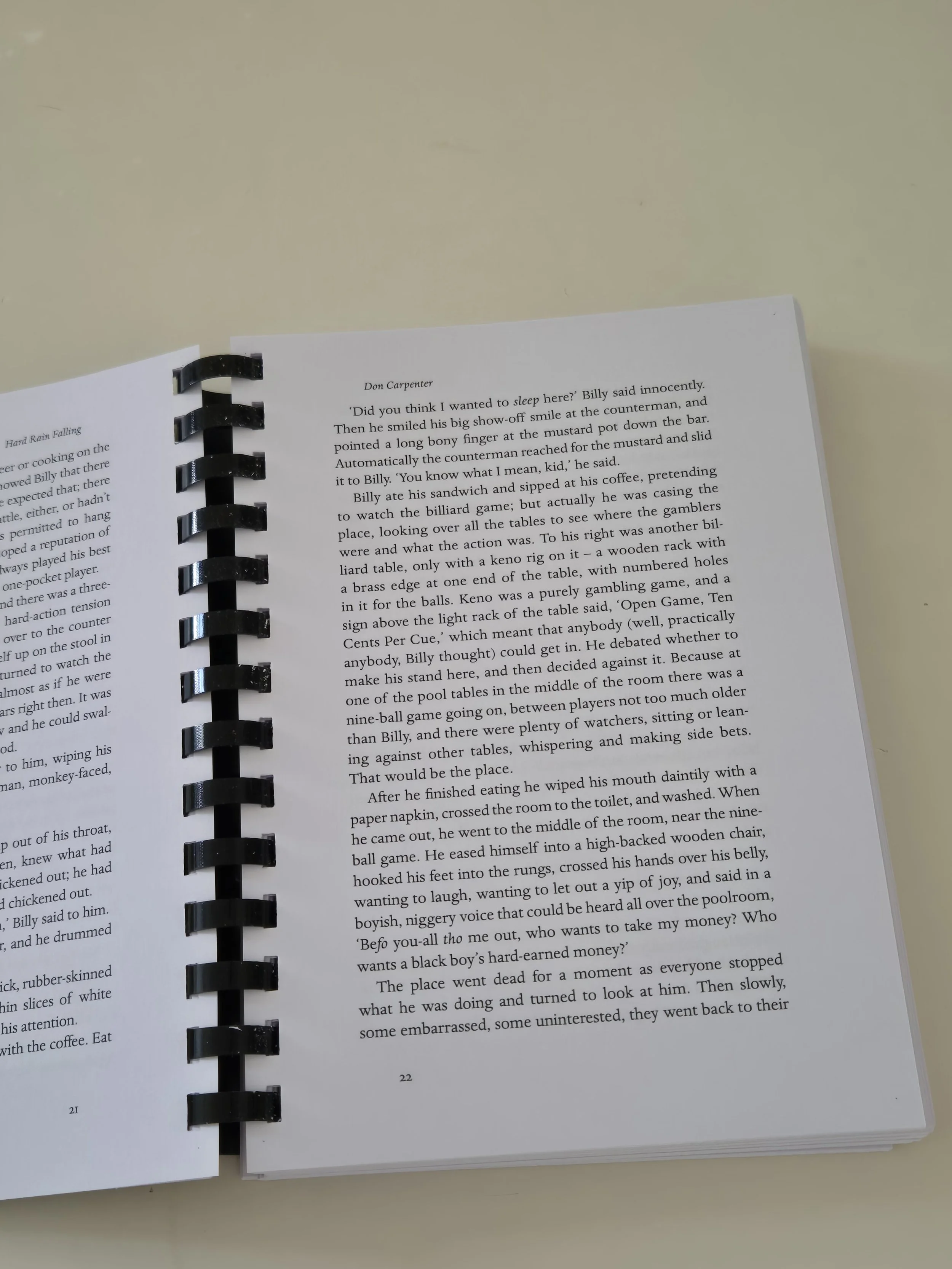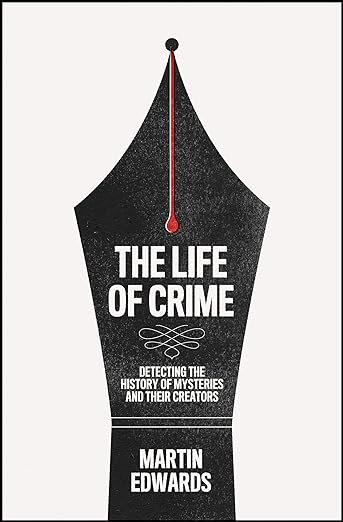Until an email from Penguin informed me that a proof copy of this “classic” novel was available, I had never heard of it. Nor had I heasrd of the author, Don Carpenter.
Disappointingly, my go-to encyclopaedic source, Martin Edwards’ The Life of Crime, proved to be of no help at all. I had to resort to Wikipedia to find out more. Apparently, Don Carpenter wrote numerous novels and short stories featuring people like prisoners. According to the article, and to the note in the book itself, Carpenter killed himself because of a series of debilitating illnesses. He was only in his mid-sixties.
The kind people at Penguin sent me a proof copy (pictured), which is interesting in itself. Obviously, the final version, to be published towards the end of July, willbe in the form of a standard paperback.
Having received it only a few days ago, I haven’t read an awful lot of it, but so far I’m enjoying it. I started with the introduction. I don’t usually do that because although the introduction to a novel is always authorative and informative, it is also usually full of spoilers. This one avoids that trap quite deliberately. The writer, Stuart Evaes, tells the reader:
“Knowing even a little of what happens to Jack robs from its feeling of living from one moment to thre next without thought for waht happens next.... Better to just take each page as it comes, like Jack, and live each one until the last.”
The book opens with a prologue, which gives the background to the main character. He appears in the book proper, which opens with the words:
“There were worse things than being broke, but for the moment Jack Levitt could not think of any of them.”
Unlike many “literary” novels, this one doesn’t seem to contain any “fancy” writing. The style is plain and simple, and all the more powerful for that. I’m very much looking forward to reading the whole book.




